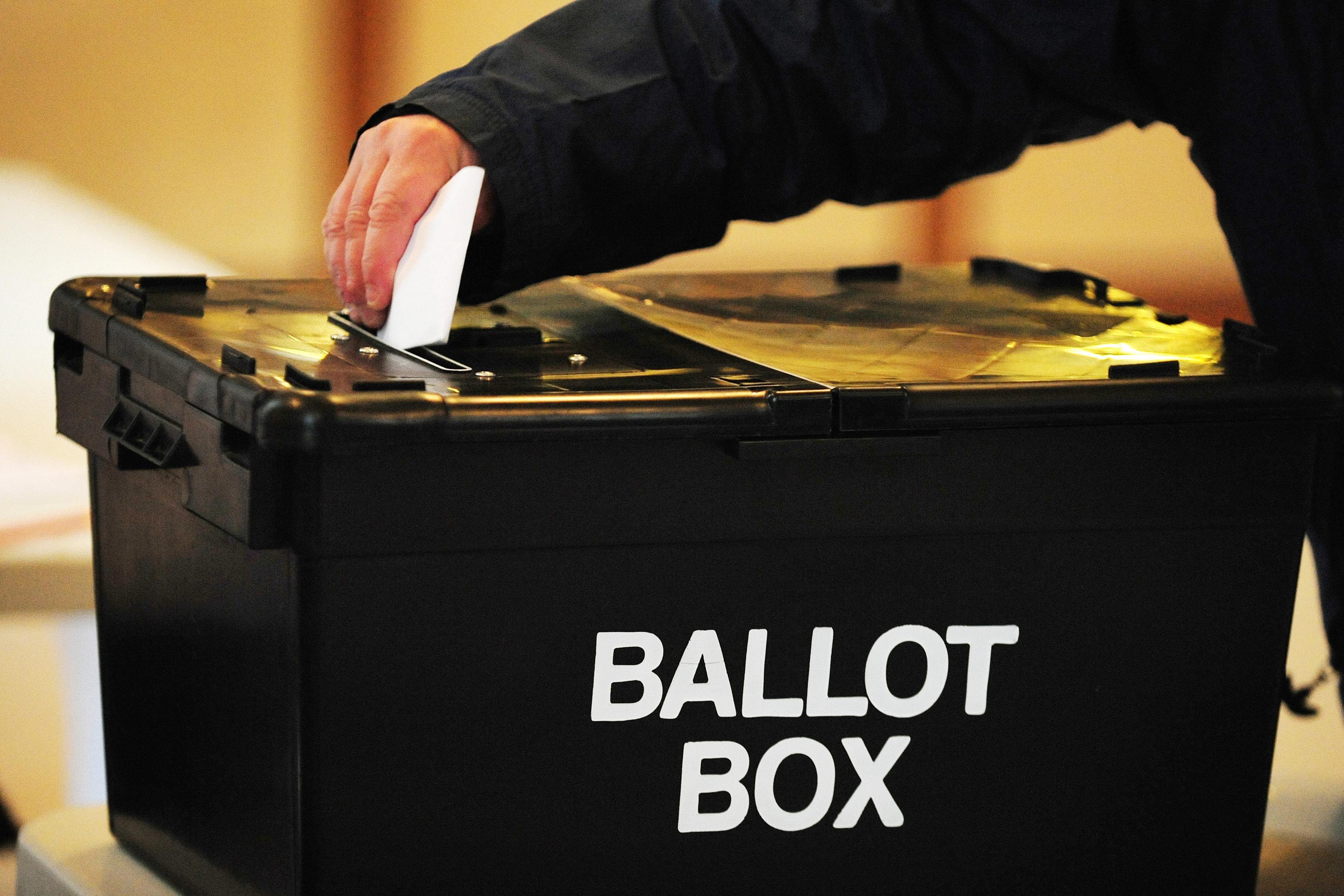Rutherglen & Hamilton West by-election: Key statistics
The seat has changed hands at the last three general elections.

Your support helps us to tell the story
From reproductive rights to climate change to Big Tech, The Independent is on the ground when the story is developing. Whether it's investigating the financials of Elon Musk's pro-Trump PAC or producing our latest documentary, 'The A Word', which shines a light on the American women fighting for reproductive rights, we know how important it is to parse out the facts from the messaging.
At such a critical moment in US history, we need reporters on the ground. Your donation allows us to keep sending journalists to speak to both sides of the story.
The Independent is trusted by Americans across the entire political spectrum. And unlike many other quality news outlets, we choose not to lock Americans out of our reporting and analysis with paywalls. We believe quality journalism should be available to everyone, paid for by those who can afford it.
Your support makes all the difference.When voters go to the polls in Rutherglen & Hamilton West on Thursday, it will be only the second time that the SNP has had to defend a seat at a Westminster by-election.
The first occasion was in May 2021, when the party successfully held the seat of Airdrie & Shotts – albeit with a reduced majority.
Labour was the main challenger in Airdrie & Shotts and the same is true in Rutherglen, but this time the party is hoping to go one better and take the seat from the SNP.
The constituency was created at the 2005 general election and, for a few years, was considered a safe Labour seat, with the party winning 56% of the vote in 2005 and 61% in 2010.
Then came the 2014 Scottish independence referendum and a surge in support for the SNP, which went on to gain dozens of seats from Labour at the 2015 general election – Rutherglen & Hamilton West among them.
The seat has become a key battleground for both parties and has changed hands at the last three general elections, with the SNP taking it from Labour in 2015, Labour winning it back in 2017 and the SNP retaking it in 2019.
The SNP’s majority in 2019 was 5,230, with the party winning 44% of the vote and Labour in second place on 35%.
The other parties were some way behind, with the Conservatives winning 15%, the Liberal Democrats 5% and Ukip 1%.
To win the seat on Thursday, Labour needs a swing in the share of the vote of 4.9 percentage points.
In other words, a net change of five in every 100 people who voted SNP in 2019 needs to switch sides to Labour.
This is a much smaller swing than the one the party achieved at the Selby & Ainsty by-election in July.
On that occasion, Labour needed a huge 17.9 point swing to win the seat from the Conservatives – and went on to secure a massive 23.7 point swing, the largest by Labour at a by-election since 1994 and its second largest since 1945.
But at the Uxbridge & South Ruislip by-election, which took place on the same day in July, Labour needed a 7.6 point swing to win the seat from the Tories and managed only 6.7.
A win for Labour on Thursday would represent the first time in history that the party has taken a seat from the SNP at a Westminster by-election.